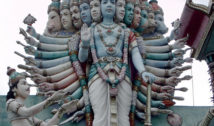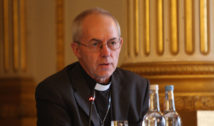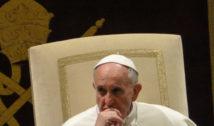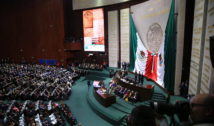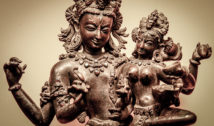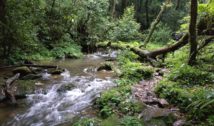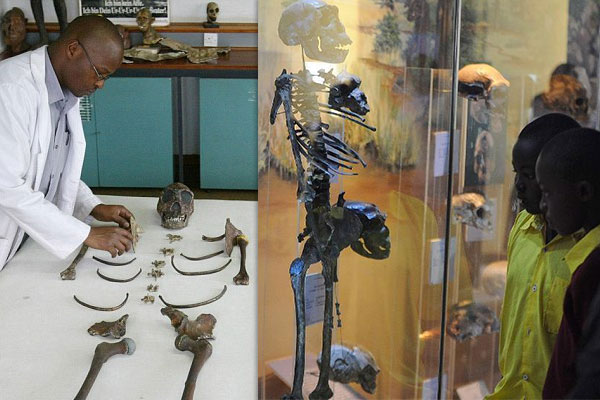
Kenyan Exhibit of Ancient Skeletons Fuels Creationism vs. Evolutionism Debate
- By Alison Lesley --
- 31 Oct 2013 --

Kenyan students view a display of ancient skeletons found in the area; the bone findings are controversial because they contradict traditional religious views.
Teachers and students are flocking from all over Africa to visit an exhibit of ancient skeletons at Kenya’s national museum. The motive behind the visits remains the same, to learn the scientific interpretation of human evolution. With the splurge of various social and religious theories surrounding these little kids as the inherent culture of the nation, the adults understand the need to present a complete picture to the young generation, controversial or not.
Apart from the scientific and anthropological views, the visits are generating a positive vibe among Kenyans as this National museum gives them an opportunity to have a closer look of their national wealth and hidden treasures beneath earth’s surface. Fredrick Kyalo Manthi, the head of Paleontology at National Museum along with some other intellectuals of the country present similar views. The museum, with its wonderful explanations and renditions of history, accelerates the process for both the teacher and students to understand and learn different aspects of human evolution so that they can actually get a glimpse of Darwinism in these specimens. With the impressive collection of fossils and skeletons dated as much as 1.5 million old, admiration comes naturally.
Students are curious and eager to learn more even if it presents contradictions with their more deeply rooted religious beliefs. Many Kenyan religious teachings are based in Christian or Islamic beliefs with a regional twist of folklore. Besides teaching many traditional religious theories like Adam is God’s creation made by dust and Eve was created from Adam’s rib, scholars like Manasseh Maina, a primary school teacher, many other varied theories of mankind rising up from an anthill (a local Kenyan belief) and other ethnic beliefs of the region. But for a holistic approach for an overall development they also taught the scientific theory of origin of complex creatures from single cell organisms.
This might also be propelled by the recent development in Kenya’s scientific environment. With revolutionary discoveries and excavation of a number of such fossil evidences from Eastern Africa’s Great Rift Valley, Tanzania, strategic areas of Kenya and Ethiopia which unravels marvels of hominid structure regularly, unleashing a larger picture is a contradictory, but often required move.
It is never easy to strike a balance between science and religion. Kenya, too finds some resistance by Christian evangelists who proclaimed such visits by school children to the museum should be abolished as this tends to conflict in their religious interest.
“When you start explaining evolution to children, if you don’t have concrete things it can seem very unreal,” Maina stated. “But it also contradicts what the Bible says on how God created the world.”
However Kenyan authorities have been successful thus far to keep the flame as low as possible by meddling both ways. As a spokesperson from education ministry, Kennedy Buhere, has said, “For us there is no point in doubting on educational leanings or school curriculum; Kenyan nationals believe to carry on with their Christian and Islamic beliefs while educating their kids generously.” With the majority of Christianity and Islamic ethnic groups in its total population, the move to pacify the ongoing tension seems to be fair enough. The overall benefactors remain the school children who are able to visit their national museum and view the rare fossil structures with millions of years of history of mankind preserved in them, providing a rewarding glimpse into a piece of history which cannot be found anywhere else in the world.

